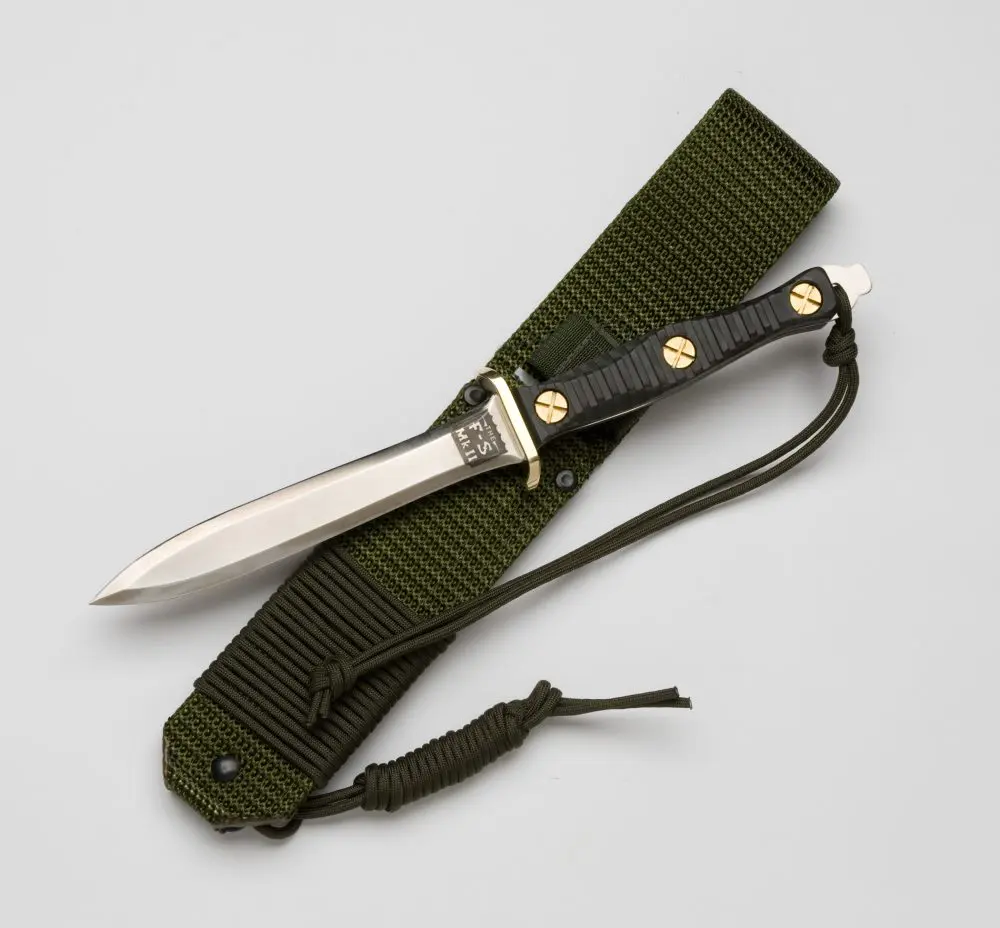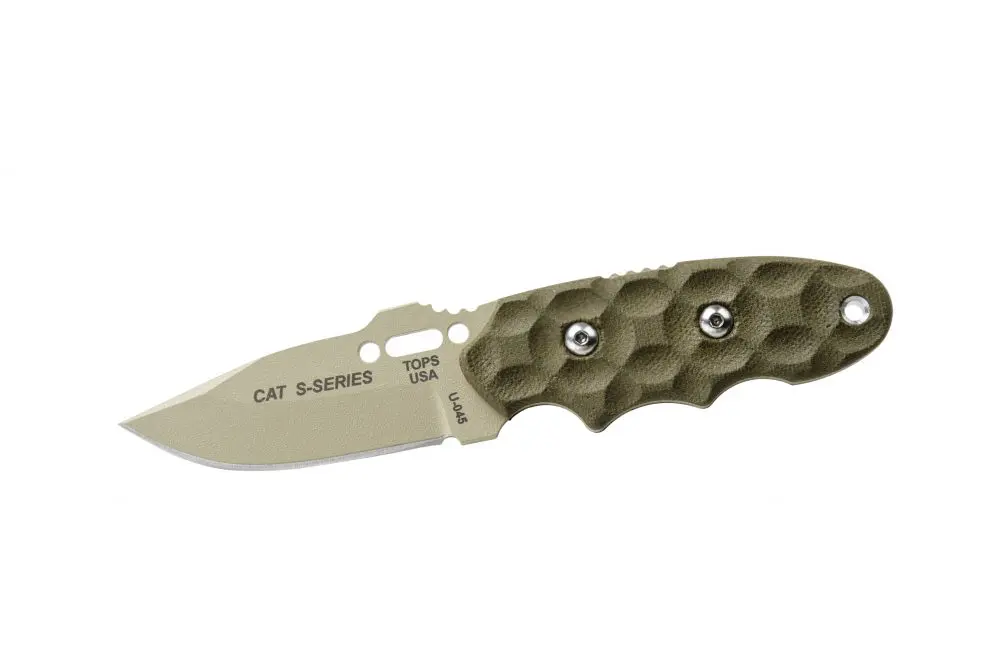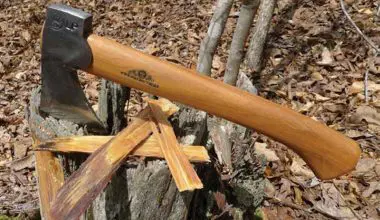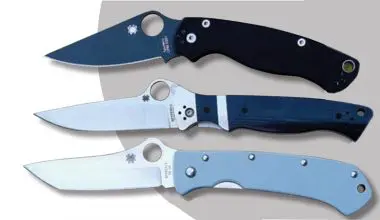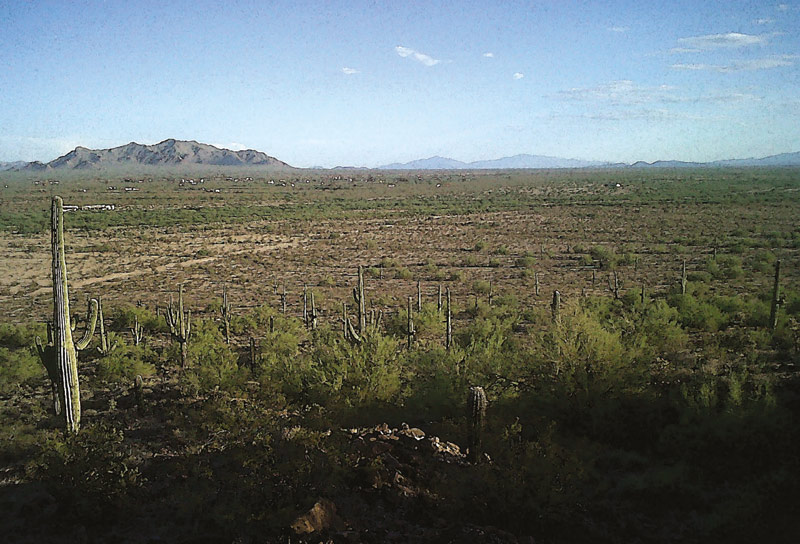

There’s an ongoing battle here in the United States, particularly in the Southwest border areas. It is truly an invasion and occupation of U.S. soil by foreign criminal organizations.
The battle I am talking about is the fight for territory in the United States by criminal organizations operating out of Mexico, more specifically the Mexican drug trafficking organizations known as cartels.
Many Americans are bombarded with all the political rubbish associated with the entire immigration problem, and unfortunately the true issues often get lost in the political rhetoric. As a peace officer working and targeting Mexican cartels operating in our areas, I know too well that this fight is anything but political.
While there may be political solutions to some aspects of the problem, the fact is that politics often muddy the issue and slow enforcement efforts. This problem is multifaceted and has nothing to do with a particular class or race of people or actual immigration, but rather a particular class of criminals.
Table of Contents
THIS IS WAR
Law enforcement in America, and around the world for that matter, has always faced some form of organized criminal element. In the Southwest and particularly here in Arizona, we are truly at war.
It is not a war in the traditional sense—we’re not in running gun battles on a daily basis or facing military action. However our war is still very real, as we face organized groups that have been trained, have military-grade weapons and logistical support, hold particular territory, use technology to their advantage, and have ample monetary backing to conduct their operations. Above all this, they have no rules and no regard for our laws or the damage they are doing to our country.
So, minus all the politics and the hot-button issue of immigration itself, here is my first-hand experience of the day-to-day battle law enforcement faces against the Mexican cartels here in the Southwest.
I intend to give you the low-down dirty facts about how these criminals operate and how they affect law enforcement in this area. Hopefully, it will also give you a true understanding that this problem is not isolated to one section of the United States, but affects the entire world.
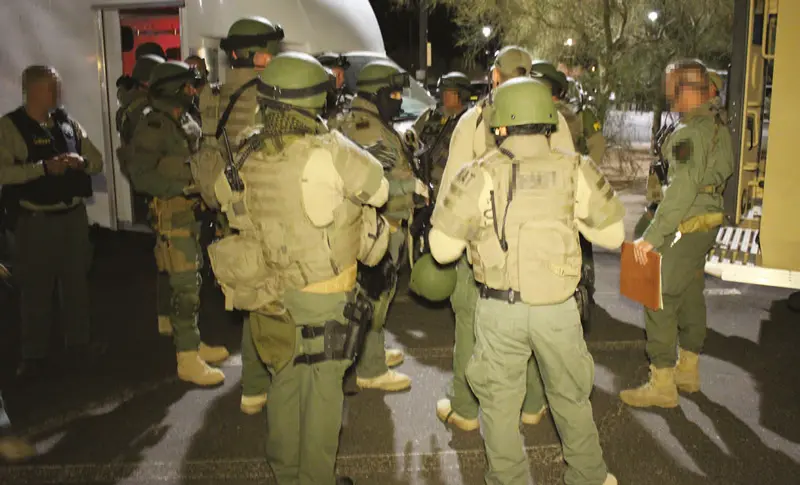
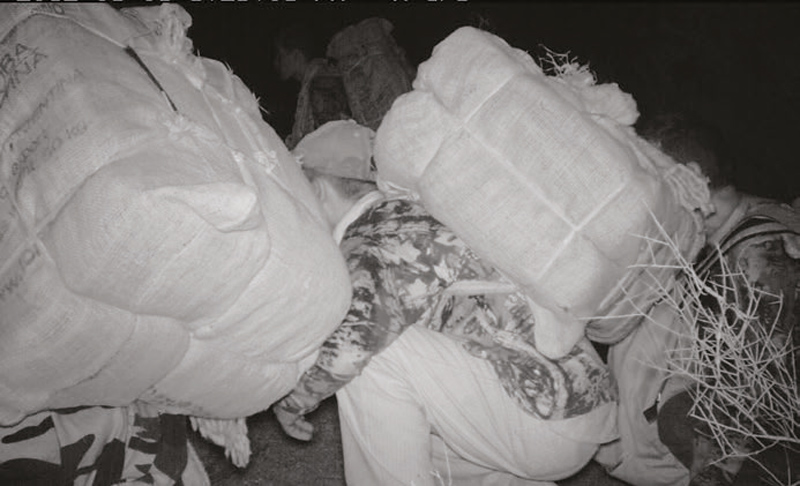
THE FOUNDATION
When I entered the field of law enforcement, I was attracted to working gangs and drugs, as it was a world I was all too familiar with from growing up in a gangruled area of Phoenix. As any good peace officer knows, if you are constantly looking for trouble and dealing with hardcore knuckleheads, you are generally going to gain a lot of experience. So it was only natural that I became very experienced very quickly, and started to learn about the monster of Mexican cartels that we currently face.
I want to dispel any beliefs that the U.S. Border Patrol or U.S. Immigration and Customs Enforcement do not care about the problem or do not enforce federal laws. In fact, these warriors are at the tip of the spear in this battle and I have never worked with more dedicated law enforcement officers.
As is the case in many instances, the failings take place at higher levels, where policies are set and politics sometimes override the very basic rule of law. It is usually administrations in the government world that impede the job. The ground troops always get the job done and fight the good fight.
THE CARTELS
The first time I remember knowing these cartels were in our area was the mid 1990s. Young deputies working in the Southwest portion of our county started focusing on some routes that came out of an open desert. These deputies started running into individuals and groups transporting what were large loads at that time, 200 to 300 pounds of marijuana.
Most often, the loads would be driven right down a county road toward the interstate, or into one of the local towns in our county north of Interstate 8. If the loads made it to the interstate, they were bound for Phoenix or elsewhere. If they headed to a local town, they were going to what is called a “stash house,” where the drugs would be temporarily stored. Sometimes the drugs would be broken into smaller loads before they were shipped out to Phoenix or elsewhere.
These same cartels have progressively evolved into the criminals we now face. During the 1990s, there was a shift of power in the drug world from the Colombian cartels to the Mexican cartels.
These same cartels also learned from their mistakes, and every time U.S. law enforcement intercepted loads and arrested their members, they made adjustments. This caused a shift in their smuggling methods to counter law enforcement, and we’d be—and still are— constantly playing catch up.
In addition to all of this came the split of a large Mexican cartel into several cartels, each of which claimed territories or “plazas”—essentially towns and routes that cartels control and use as smuggling routes.
As the consumption of drugs coming from Mexico also increased in the United States, these cartels continued to grow in size, influence and power. With this came the fight for control among cartels and the increase in extreme violence.
Mexican cartels now have so much influence, both in Mexico and the United States, that they have their own sub-culture. Cartels have their own songs and social media sites. Kids and adults alike idolize and mimic these criminals.
They have also branched out to more than drugs, and are involved in homicide, extortion, kidnapping, robbery, and counterfeiting, to name a few. They have become a plague and have begun to go global, with their presence being seen as far away as Europe and Africa.

THE BATTLEGROUNDS
In the southwestern portion of the county I work in, we have the unique problem of having open desert to the south. This desert consists of large open valleys mixed with hills and deep washes covered with desert trees. In fact, it is open desert completely down to the international border of the United States and Mexico, with nothing more than a few “villages” along the way on the Tohono O’Odham reservation.
This, coupled with the fact that at the northern end of this open desert area lie several interstate highways and pipelines straight into metro Phoenix, make it a very desirable area for the Mexican cartels. They prefer this particular area because of the remote vastness of the area, the fact that there is a lower law enforcement presence, and that they can use the terrain to their advantage.
This is our ground zero, where we in law enforcement are the front-line force against these criminal organizations and the drugs they transport north. Our battle tactics are not typical of law enforcement tactics anywhere else, and many times closely resemble military maneuvers. The fight itself is what many Americans do not have a clear grasp of.
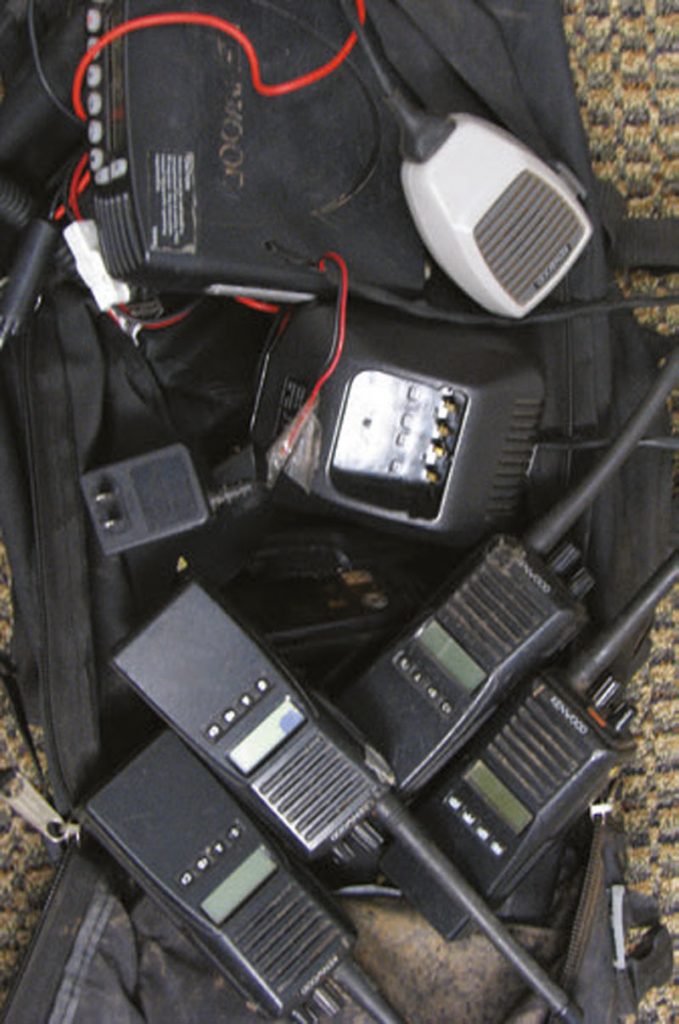
THE FRONTLINE
As the sun rises over the western desert, the law enforcement officers who work this area begin their day by traveling to those known desert smuggling routes that run north from Mexico approximately 70 miles into our county.
As the smugglers reach our county, they approach what is commonly referred to as the “goal line”—Interstate 8. When they reach I-8, they are in close proximity to routes that either run directly into Phoenix or to local stash houses hidden within the communities north of I-8. It is also in this area that they generally become most exposed and can be intercepted.
Checking the routes usually means looking for any indication that there was activity the previous night. Many times it is also meeting with or getting briefed by the night shift on what activity they had and following up on it.
In addition to checking routes, we also check areas known as load-out spots. These are locations along the interstate where drug mules who have backpacked 50 to 60 pounds each have staged in the tree lines and brush along I-8 to wait for their pick up. Sometimes just the drugs are picked up, sometimes the mules and the drugs.
Adding to this problem is the fact that local thugs, and sometimes cartel members themselves, see an opportunity for easy money. This craving turns into robbery by what are called “rip crews,” which operate along this drug corridor and prey on the mules backpacking drugs to the load-out spots.
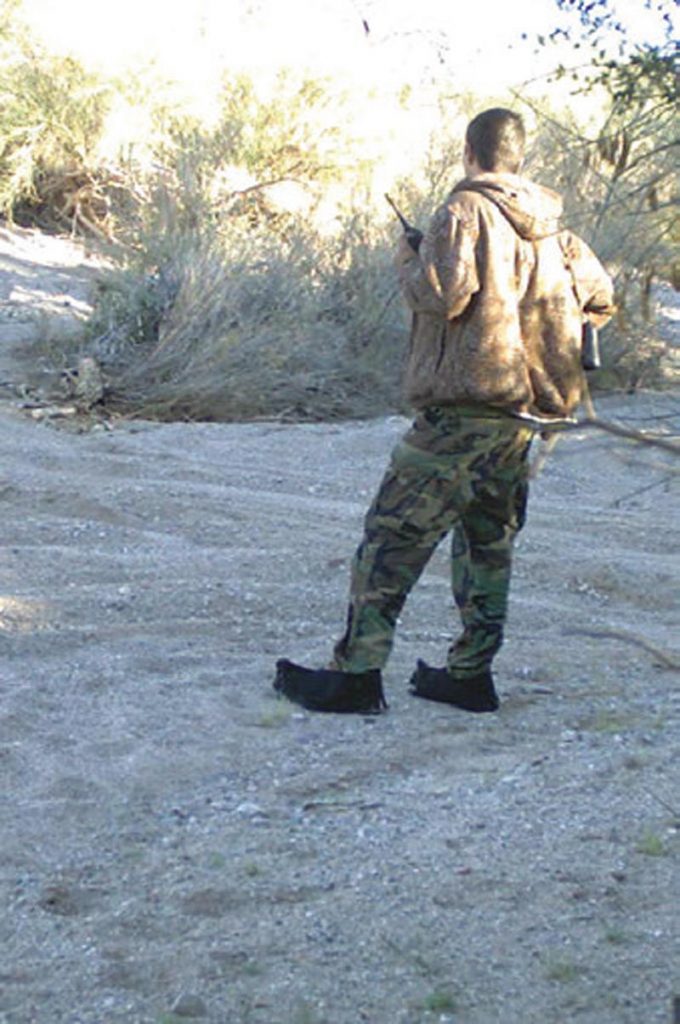
This has in turn caused the cartels to beef up their security for these loads, sending armed escorts with the mules to counter the rip crews. On more than one occasion, this has resulted in homicides in these open desert areas and along these drug routes.
In this world, nothing is what it seems and it is truly a world cloaked in camouflage. Every person we see has the potential to be working for the cartels in some capacity.
We have farm workers who double as lookouts, reporting to the cartel bosses via radios or cell phones. There are cartel personnel placed in key locations throughout the open desert, usually high points, armed with weapons, binoculars, and radios or phones. Their job is to observe and report. In addition, they may be called upon to assist in defending the territory or a load. These scouts usually have solar panels to charge batteries, camp cooking supplies for food, and even religious candles to pray to while they man their positions.
Driving through these areas truly gives meaning to the phrase “the hills have eyes.”
As in any battle, there are constant logistical needs, and the cartels are well versed in this area as well. There are cells responsible for providing transportation— most commonly in the form of stolen vehicles from the metro Phoenix area. There are also cells responsible for food, water, batteries, and resupplies for the vast network of scouts. Additionally there are personnel who obtain and man the stash houses, act as security, and do repackaging and distribution. This is all done right under the noses of everyday citizens, hiding in plain sight and mixed into the communities.
At the same time, we are constantly told we do not have a real problem, while we drive past federally placed signs advising Americans that the land they are entering is not safe for travel due to the occupation of the Mexican cartels….
